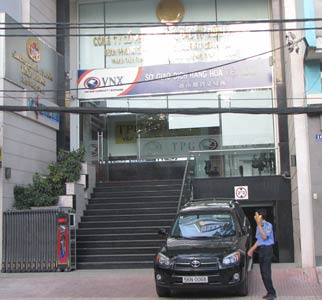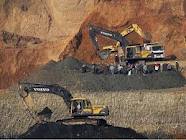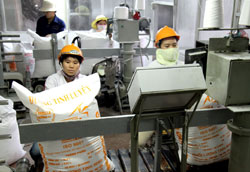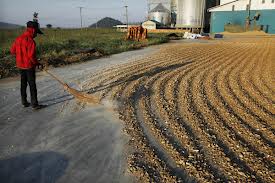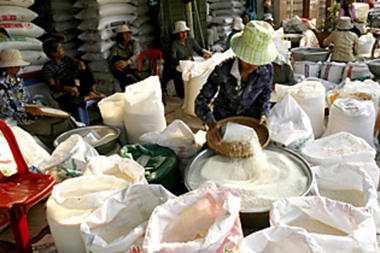Pricey petrol punishes poor
Pricey petrol punishes poor
Petrol prices have jumped by 150 riel (US$0.03) a litre, much to the dismay of Cambodia’s poor, as NGOs appealed to the government to take action.
Tuk-tuk driver Chev Channy, who has driven a moto for more than 20 years, said the price of fuel had jumped to nearly 6,000 riel a litre, adversely affecting his already-low gross income, which is about 30,000 riel per day.
He said he used about three litres a day, which was nearly two-thirds what he earned in a day.
“When gasoline was cheaper, I saved about 20,000 riel a day, but now that the price has increased, my income is just below 10,000 riel a day,” he said, adding: “Each day, I earn or just about break even, but sometimes it is not enough.”
Cambodia’s fuel prices were always higher than in neighbouring countries, Chev Channy said, but he did not know of any action being taken to decrease the prices and he thought it unlikely that officials would pay attention to such matters.
“We drive every day; we don’t know how it works. The gasoline producers increase or decrease the price; it's up to them. If we protest, they consider us as oppostion.”
For Channy, a suitable price would be 3,000 riel a litre, because he could save at least the price of half a litre of fuel per client, but with such expensive fuel nowadays, there is a litte hope of saving anything.
“If the price drops, I am happy because I could save for my family’s daily living expenses. We would have money for emergencies, like doctor’s bills.”
Rong Chhun, president of the Cambodian Confederation of Unions (CCU), issued a letter dated August 16 appealing to Prime Minister Hun Sen to take action to lower fuel prices below the current price of 5,650 riel a litre for super and 5,450 riel for regular.
“When gasoline prices are high, the first people affected are those with low incomes,” he wrote, adding that low-income households included garment workers, teachers, civil servants and farmers.
Bin May Mialia, commercial manager for the Thai-based PTT Oil Company, said there were three factors leading to increased petrol prices in Cambodia: instability in the Middle East, where most gasoline is produced; natural disasters in Asia, such as those in China and the Philippines; and the drought in the US, which has affected the raw materials needed to produce ethanol to mix with gasoline or diesel, thus increasing demand in the US as well.
“In my view, the price will not decrease,” he said, adding: “The trend for Cambodia is for the price of gasoline to increase at least another 100 to 150 riel per litre in a few weeks.”
Sorn Chey, from the rights group Affiliated Network for Social Accountability in East Asia and the Pacific, said petrol prices in Cambodia were raised faster than they were lowered.
“What we are interested in is gasoline, because in Cambodia it seems to be connected with politics. Before the election, the price of gasoline dropped in line with the election campaign.” Chey said.
The price increase had substantially affected the poor and those on low incomes, but officials for the most part had been unaffected because they were provided with fuel vouchers, he added.
phnom penh post



